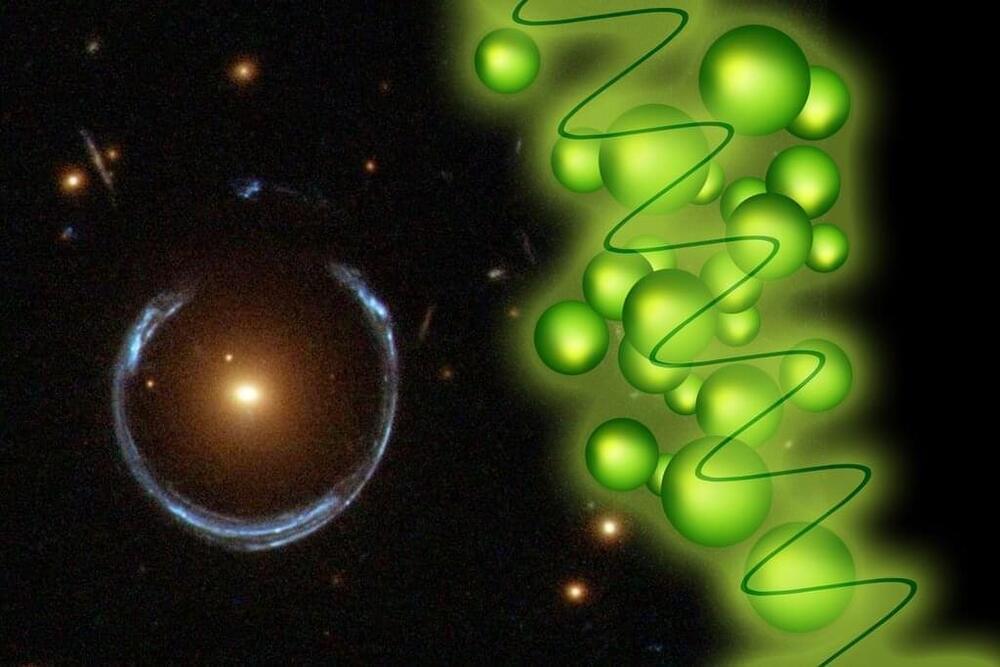The theory of relativity works well when you want to explain cosmic-scale phenomena—such as the gravitational waves created when black holes collide. Quantum theory works well when describing particle-scale phenomena—such as the behavior of individual electrons in an atom. But combining the two in a completely satisfactory way has yet to be achieved. The search for a “quantum theory of gravity” is considered one of the significant unsolved tasks of science.
This is partly because the mathematics in this field is highly complicated. At the same time, it is tough to perform suitable experiments: One would have to create situations in which phenomena of both the relativity theory play an important role, for example, a spacetime curved by heavy masses, and at the same time, quantum effects become visible, for example the dual particle and wave nature of light.
At the TU Wien in Vienna, Austria, a new approach has now been developed for this purpose: A so-called “quantum simulator” is used to get to the bottom of such questions: Instead of directly investigating the system of interest (namely quantum particles in curved spacetime), one creates a “model system” from which one can then learn something about the system of actual interest by analogy. The researchers have now shown that this quantum simulator works excellently.
